Is Rotten Pineapple Poisonous?
Published Nov. 17 2020, 3:55 p.m. ET
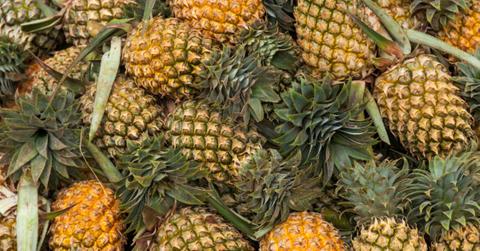
Pineapple can be a highly nutritious and delicious food. It’s jam-packed with vitamins and minerals, and it can be added as a sweet and citrusy element to many different dishes. What’s more, despite the fact that it can only be grown in tropical or subtropical climates, you can find fresh pineapple at just about every grocery store around the world.
Unfortunately, anyone who has ever purchased a pineapple knows all too well how quickly this fruit can go from underripe to rotten within the space of a day or so. Rotten might be an exaggeration here, as most of us tend to get down to carving our pineapples just in the nick of time. But what happens if we’re a shade too far? Is the pineapple still safe to eat if it’s rotten?
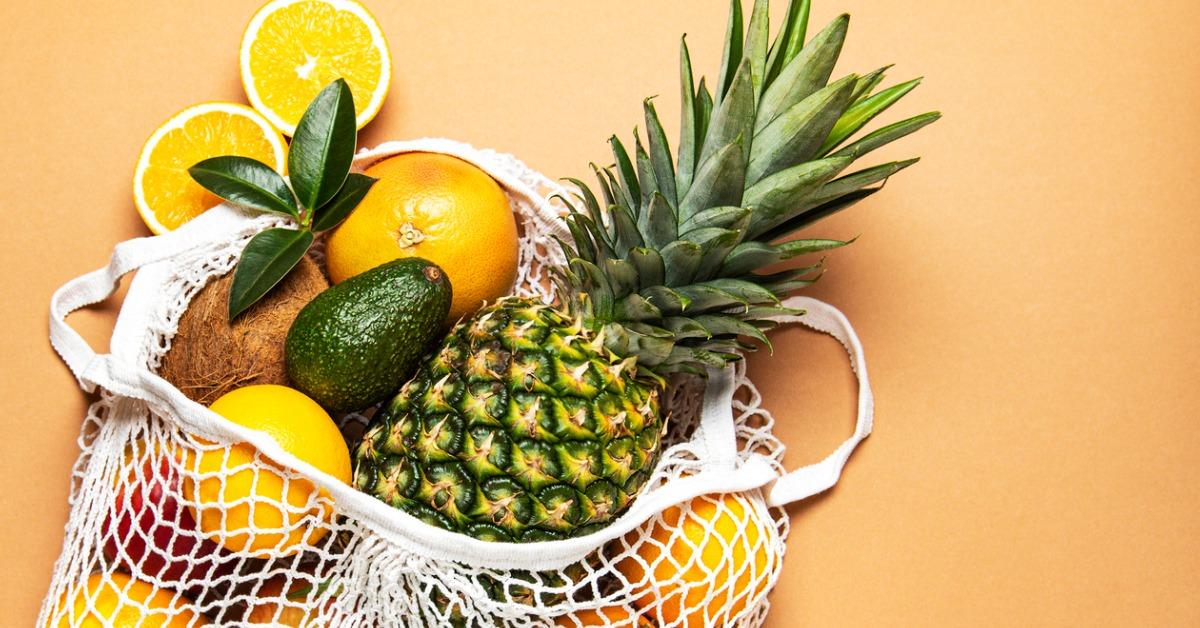
Is rotten pineapple poisonous?
First, we should be clear that overripe doesn’t always equate to rotten, even in the case of the fickle pineapple. That said, pineapple food poisoning is certainly possible, though rare. There are many ways to tell if your pineapple is ripe, overripe, or rotten, all of which we will discuss later on. Just know going from overripe to rotten can happen pretty quickly and can lead to mushy, moldy, bitter-smelling fruit, which is certainly not something you’d want to eat anyway.
So no, rotten pineapple is not technically "poisonous," though it can certainly make you sick due to a number of factors.
Can pineapple be contaminated?
Though rare, the skin of a pineapple can be contaminated by bacteria such as Staphylococcus, if the pineapple comes into contact with contaminated animal-derived foods like meat, dairy, eggs, and pastries containing animal products. In those instances, Staph poisoning can be transferred from the pineapple's skin to the edible parts of the fruit as soon as you start cutting it.
To avoid this, make sure to wash your pineapple thoroughly before slicing it, and never use the same knife or cutting board you use for meat or dairy.
That said, according to the CDC, Staph food poisoning is usually destroyed during cooking, so if you’re planning to put your pineapple on a pizza, there's nothing to worry about. If you’re planning to eat pineapple raw and you don't wash it first, there's a chance you could get Staph food poisoning, in which case you’re likely to be in for a bad time within 30 minutes of eating it. Staph symptoms include nausea, vomiting, and accompanying stomach ache. Again, though, this is extremely rare if you are following basic kitchen hygiene.
Can overripe pineapple make you sick?
Overripe pineapple won’t always be moldy or coated in invisible bacteria. Sometimes, it will just be a bit brown, maybe a little softer than usual. Brown spots within a pineapple may be aesthetically unpleasant, but they do not mean that the pineapple is inedible. According to Livestrong, any amount of overripe fruit has been known to cause a tummy ache now and then. This is due to the high levels of difficult-to-digest fructose in the fruit.
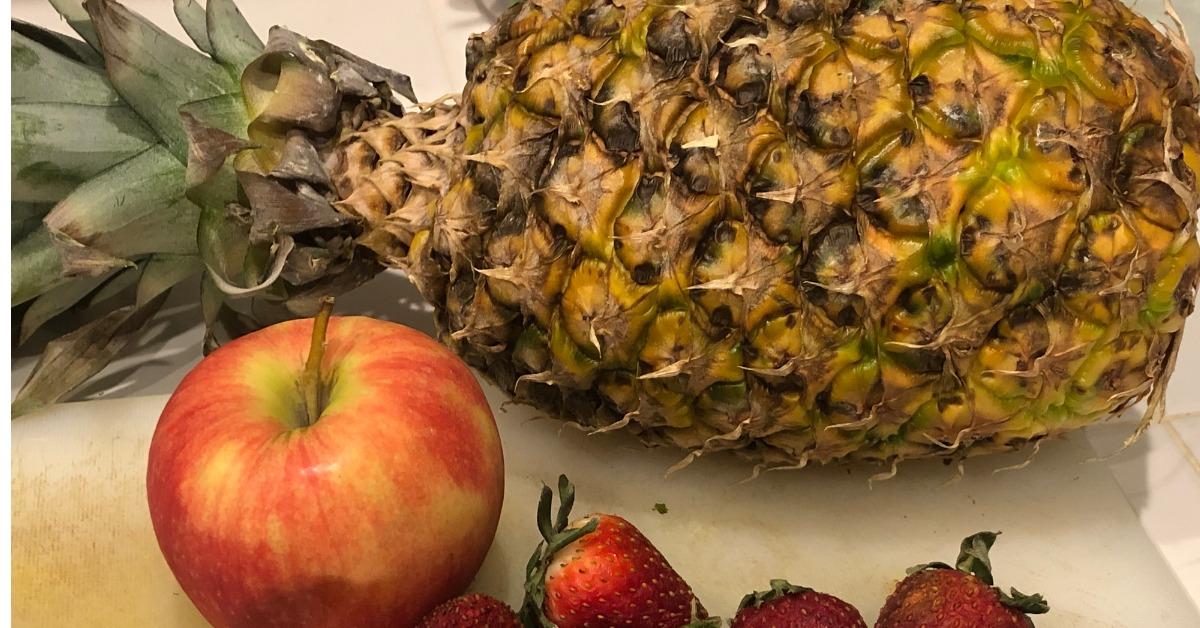
How to tell if a pineapple is ripe?
Pineapple has a few tried and tested ways to determine if it is ripe, according to Bon Appétit. First, lift the pineapple and feel the weight. Pineapple that is a bit heavy for its size is likely to be riper than a lighter one. This is because more juice has developed within the pineapple rind. Note the color as well — yellower pineapples are riper than those that are green throughout.
Next, give the pineapple a squeeze. The fruit should be firm with a slight give when you squeeze it. Lift it up and smell at the bottom, right near the base. If there is a sweet aroma coming from the pineapple, it is ripe and ready. If it has no odor, it’s probably not ripe at all. You can also tug on the leaves that come out of the top of the pineapple. These leaves tend to pull out much easier if a pineapple is ripe than if it is underripe.
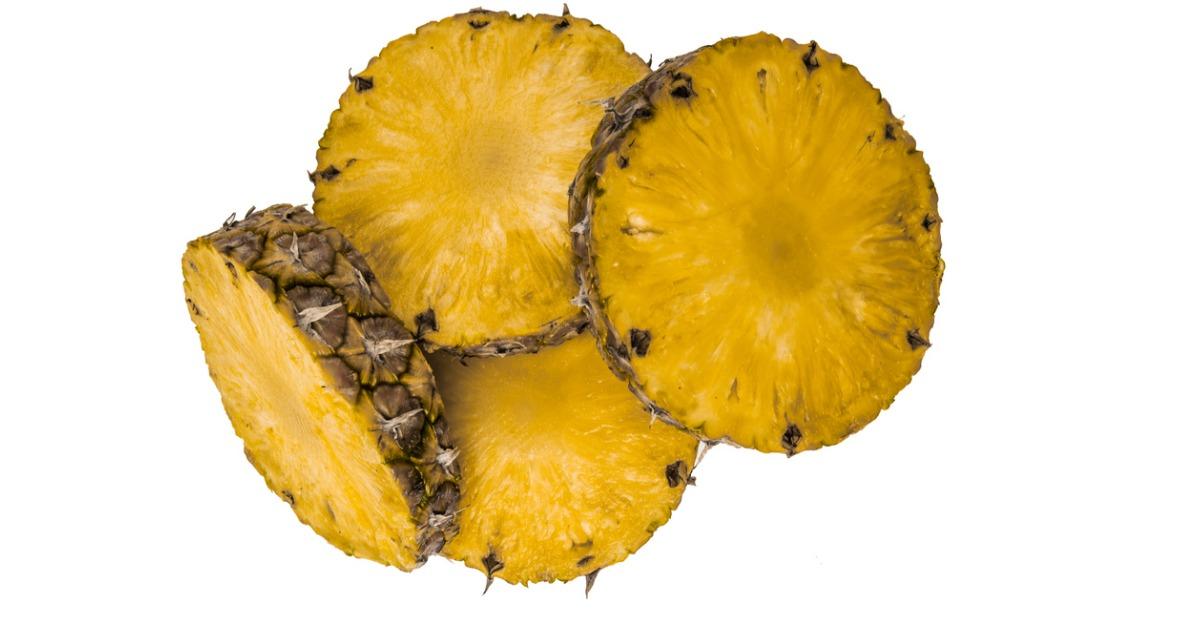
How to tell if a pineapple is overripe or rotten?
Like most types of produce, overripe pineapples that are approaching going rotten usually look a bit drier on the outside than fresh ones. The leaves in their crown may have turned brown or brittle and could even be falling out on their own. On top of that, the bottom of the pineapple will usually be soggy or wet, where the juices inside have begun to pool.
If your pineapple’s sweet aroma has turned more pungent or bitter and if its new odor smells more like vinegar than pineapple, that probably means it's on its way out. White spots on the outside could also be indicative of mold growing within.
Pineapples don’t last long once picked. A good rule of thumb is to store the pineapple on your counter, and try and chop the pineapple up within three days of bringing it home from the supermarket, as per Live Eat Green. After cutting it into pieces, store them in the fridge and consume within a few days, or pop them in the freezer for use in smoothies.
If you do see any signs of your pineapple going rotten, compost it. Your compost pile will be very glad about the extra greens — just remember to keep it covered to keep out the flies.
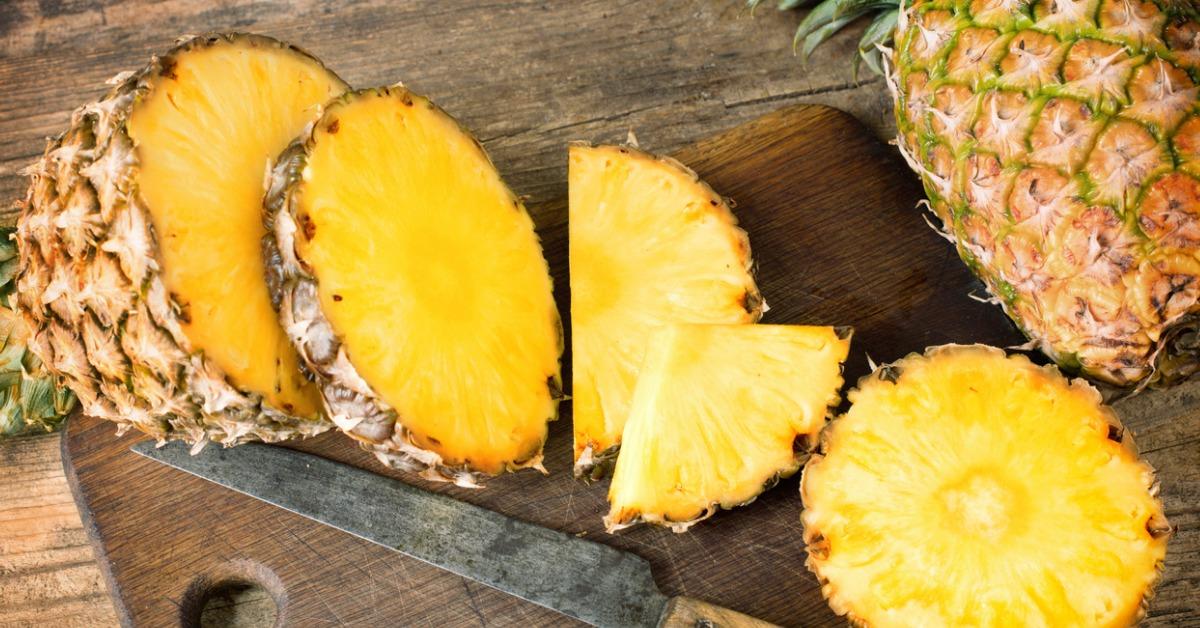
How is pineapple good for you?
Pineapple is loaded with nutrients and contains disease-fighting antioxidants, helpful digestive enzymes, anti-inflammatory properties, and immune-boosting compounds. Many separate research studies have investigated these beliefs. According to many of these studies, pineapple contains a group of digestive enzymes called bromelain, which has since been shown to help fight cancer.
A nine-week study was held a few years ago that measured the effects of pineapple on immunity. Some 98 healthy children either consumed no pineapple, some pineapple, or lots of pineapple. Those who ate pineapples had a significantly lower risk of both viral and bacterial infections. The children who ate the most pineapple developed four times more disease-fighting cells than the other children.